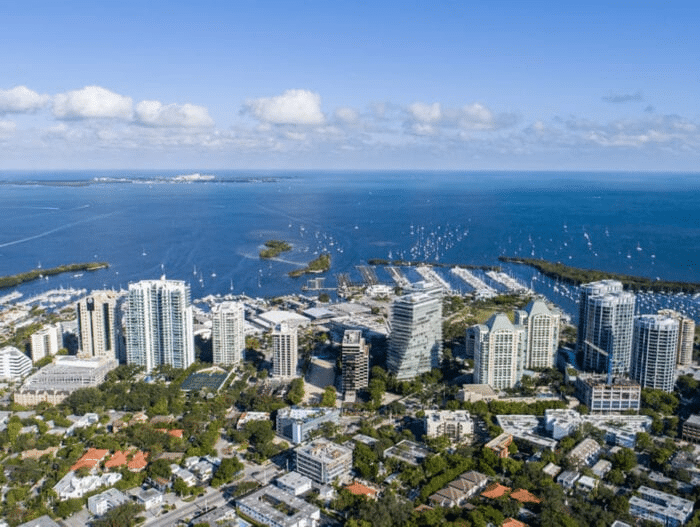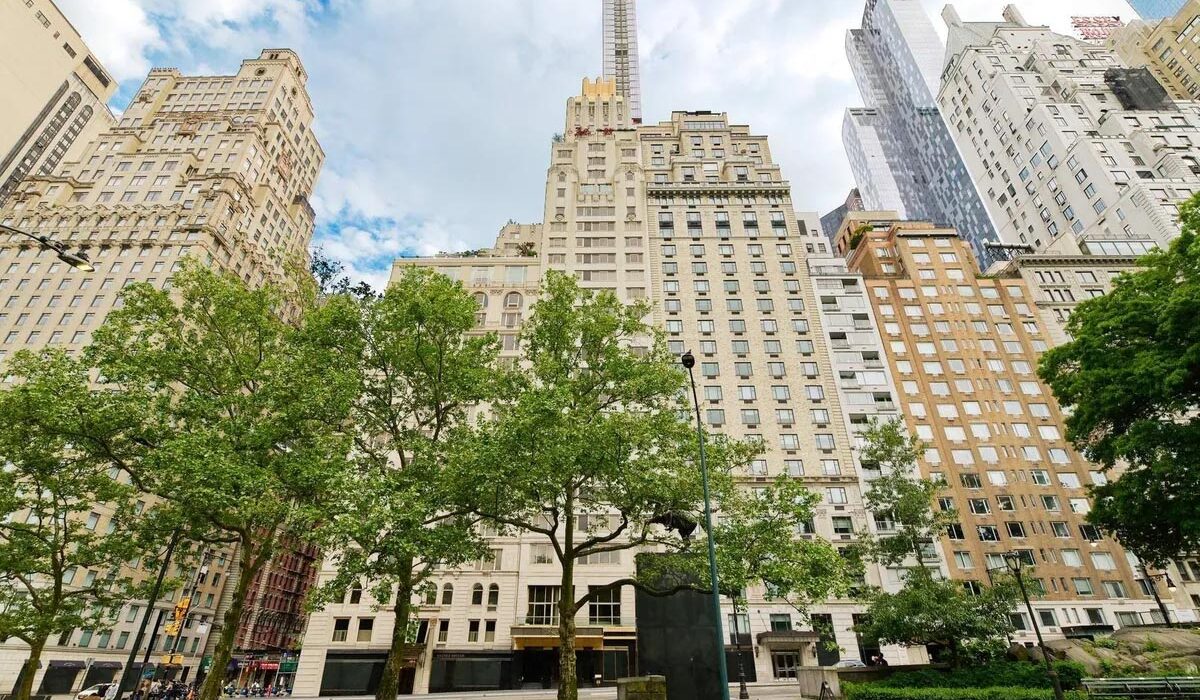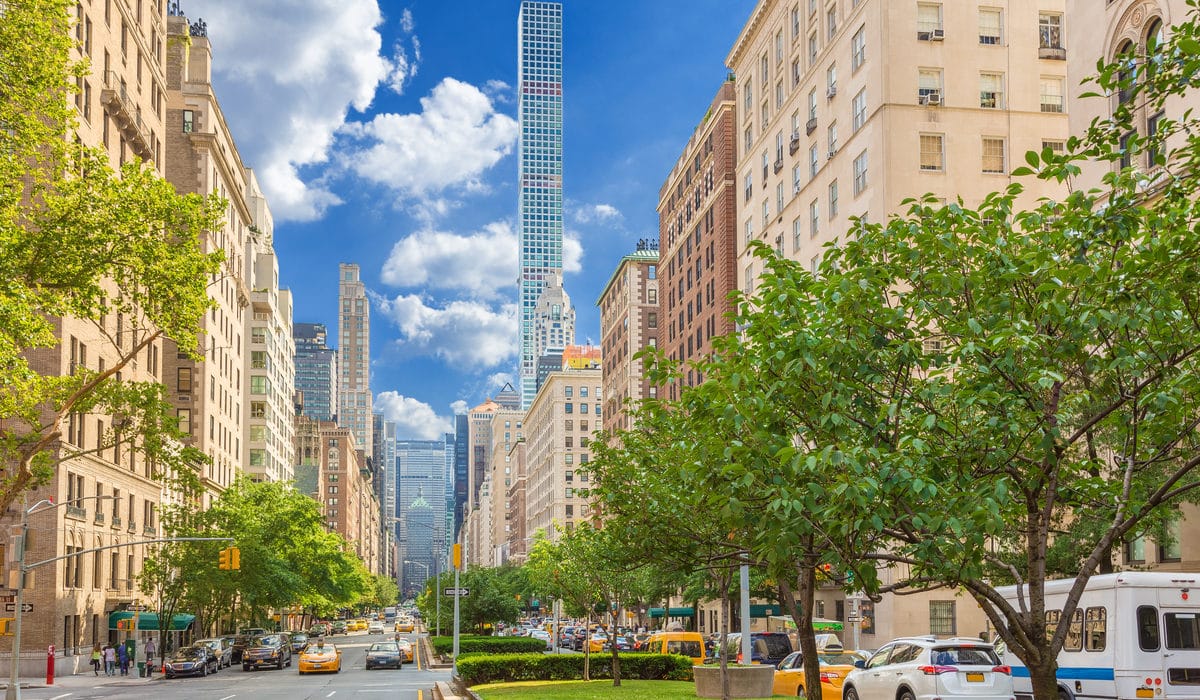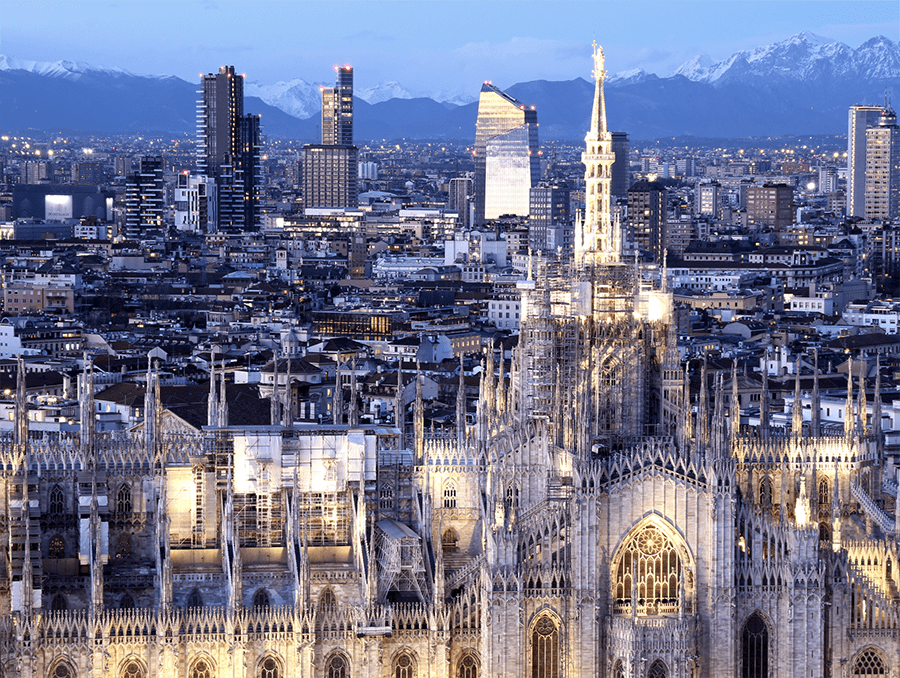“12 Yachts You Can’t Miss at the Palm Beach Boat Show 2025,” According to Forbes
According to Forbes, the Palm Beach International Boat Show is quickly establishing itself as one of the premier events in the yachting calendar. The 2025 edition promises to be the largest yet, featuring approximately €2.2 billion worth of superyachts over 82 feet for sale. With 191 vessels in that size range expected to attend—surpassing 2024’s count of 173—the show combines an impressive selection of second-hand inventory with world debuts and new model announcements.
Forbes highlights that the event’s easy navigation format and prime location along West Palm Beach make it particularly appealing to yacht enthusiasts. With the show days away from opening, Forbes has compiled a list of twelve standout vessels that shouldn’t be missed.
The Must-See Vessels
204-foot Bravissima
Builder: Benetti
Year: 2023
This highly-anticipated and secretive Benetti creation will make her world debut at the show. According to Forbes, no one has glimpsed inside this unique vessel designed by Cassetta Yacht Designers and Van Oossanen Naval Architects since her delivery.
186-foot Santosha
Builder: Heesen
Year: 2024
Forbes notes this vessel marks a new chapter for Dutch shipyard Heesen as their first in a new series of aluminum yachts in this size range. The award-winning yacht features low-profile lines, an ample swim platform, and amenities including a well-equipped sundeck with bar and dining facilities.
148-foot Go
Builder: Tankoa
Year: 2024
Making her world debut, this Italian model was purchased by an American client who requested subtle layout changes to maximize space and volume. Forbes reports the yacht has remained largely out of the spotlight until now.
196-foot Alfa G
Builder: Oceanco
Year: 2004
Fresh from an extensive refit, Alfa G sports a completely new exterior with a distinctive dark hull and scarlet trim. The interior has undergone a comprehensive overhaul featuring classic art pieces, Art Deco touches, and clean lines.
155-foot M
Builder: Sanlorenzo
Year: 2024
Forbes describes this vessel as balancing hardy explorer capabilities with fresh, elegant design. Studio Indigo created interiors with a soft, warm ambience featuring touches like a pink-velvet walk-in wardrobe and a crisp espresso and ivory color palette.
130-foot Riva Bellissima
Builder: Riva
Year: 2023
This 299-GT model carries signature Riva design elements into the interior, with large windows in the saloon, gleaming wood finishes, and multi-functional entertainment spaces.
114-foot Fox
Builder: Pendennis
Year: 2024
One of Pendennis Shipyard’s first pocket explorers, Fox features an 1,114-square-foot main deck aft designed for carrying toys and tenders—including a submersible—and a bridge deck with a DJ station.
191-foot Diamond Binta
Builder: Tankoa
Year: 2024
Making her US debut, this yacht features automotive-inspired design by Francesco Paszkowski with dark marbles, contrasting light panels, and cream accents. Forbes highlights the beach club with triple openings and an engine room with a transparent corridor.
180-foot Gene Machine
Builder: Amels
Year: 2014
Owned by DNA sequencing scientist Dr. Jonathan Rothberg, this vessel and her support yacht Gene Chaser will be displayed as a pair. Forbes notes they were equipped to support scientific discoveries, featuring a molecular biology laboratory with 3D printers.
62-foot Grand Banks 62
Builder: Grand Banks
Year: 2024
Forbes recommends this vessel for classic boat lovers, noting its timeless appeal and downeast styling. The yacht features the brand’s V-Warp Technology for fast, efficient performance with top speeds of 30 knots.
95-foot Pearl 95
Builder: Pearl
Year: 2024
This British vessel features Kelly Hoppen interiors with an impressive five-cabin layout. Forbes describes its penthouse-inspired interior that utilizes timber veneers, onyx marbles, and metal details.
50-foot De Antonio D50 Coupe
Builder: De Antonio
Year: 2024
Forbes calls this dayboat “sleek yet robust,” noting its extended hard top makes it ideal for use in Florida and the Bahamas, while its two-cabin layout suits it for longer passages.
Photo Credit: Palm Beach Boat Show + Instagram









